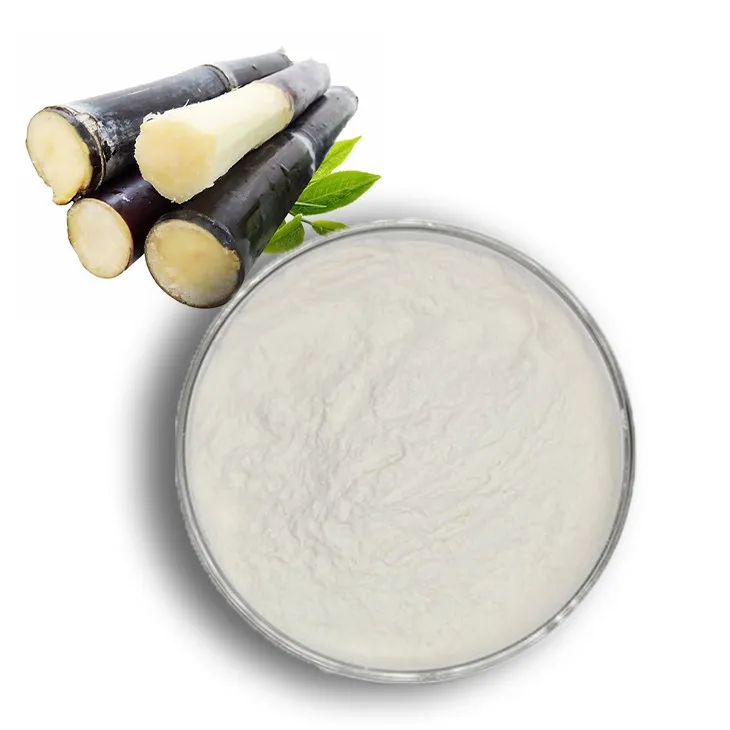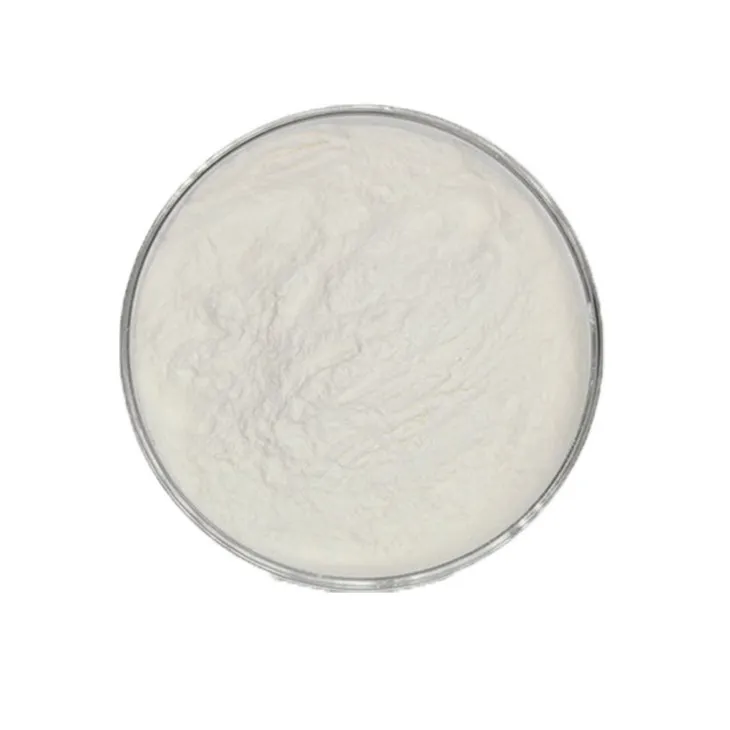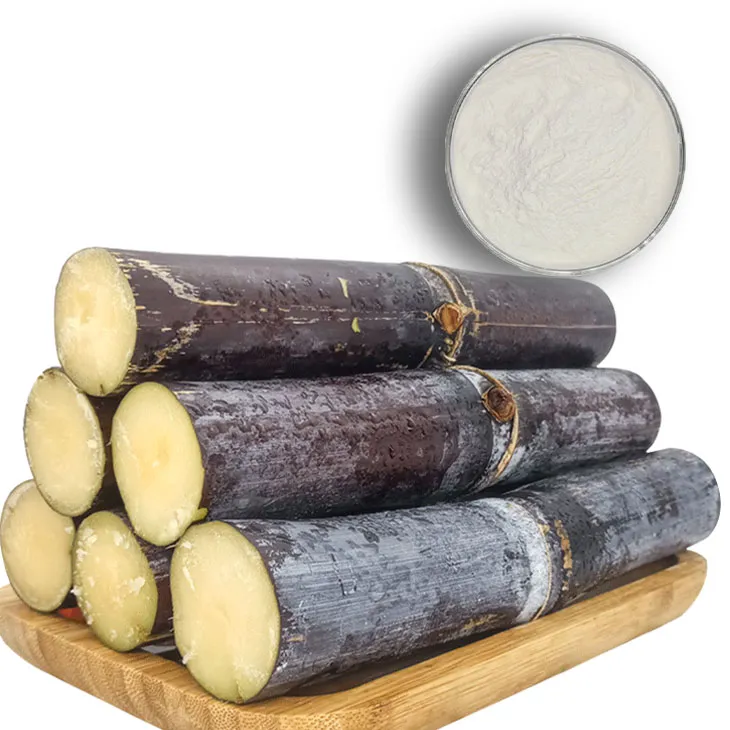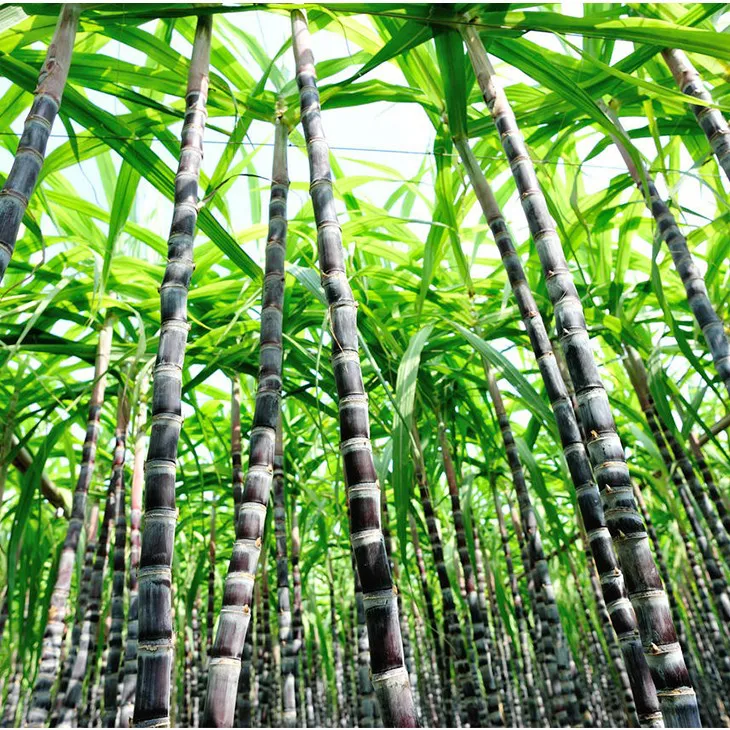- 0086-571-85302990
- sales@greenskybio.com
Sugarcane Extract: Uses, Advantages and Manufacturing Processes
2024-11-14

1. Introduction
Sugarcane, a tall perennial grass, has been cultivated for centuries for its sweet juice, which is primarily used in the production of sugar. However, in recent years, the Sugarcane Extract has gained significant attention for its diverse applications beyond sugar production. This extract is rich in various bioactive compounds that offer a wide range of potential uses in different industries. In this article, we will explore the uses, advantages, and manufacturing processes of Sugarcane Extract in detail.

2. Uses of Sugarcane Extract
2.1 In Dietary Supplements
The sugarcane extract is a valuable ingredient in dietary supplements due to its high nutritional value. It contains essential nutrients such as vitamins (e.g., vitamin C, B - complex vitamins), minerals (e.g., potassium, calcium, magnesium), and amino acids. These nutrients play crucial roles in maintaining good health, such as supporting the immune system, promoting proper nerve function, and maintaining healthy bones and muscles.
Moreover, sugarcane extract also contains antioxidants. Antioxidants are substances that can protect the body's cells from damage caused by free radicals. Free radicals are unstable molecules that can cause oxidative stress in the body, which is associated with various chronic diseases, including cancer, heart disease, and neurodegenerative disorders. By including sugarcane extract in dietary supplements, consumers can potentially benefit from its antioxidant properties and reduce the risk of these diseases.
2.2 In the Agricultural Sector
In the field of agriculture, sugarcane extract has shown promising applications in plant growth promotion. It can be used as a natural and organic fertilizer or plant growth stimulant.
- The extract contains sugars, which can serve as an energy source for plants. Microorganisms in the soil break down these sugars, releasing nutrients that are more easily absorbed by plants. This can enhance plant growth, increase crop yields, and improve the overall quality of the produce.
- It also contains growth - promoting hormones such as auxins and cytokinins. These hormones regulate various aspects of plant growth, including cell division, elongation, and differentiation. By applying sugarcane extract to plants, these hormones can be supplied exogenously, promoting faster growth, earlier flowering, and better root development.
2.3 In the Cosmetic Industry
The sugarcane extract has also found its way into the cosmetic industry. Its natural properties make it suitable for various cosmetic applications.
- It has moisturizing properties. The sugars and other hydrophilic compounds in the extract can attract and retain water, making it an effective ingredient in moisturizers, lotions, and creams. It can help keep the skin hydrated, soft, and smooth.
- Due to its antioxidant content, it can also be used in anti - aging products. The antioxidants can prevent skin damage caused by environmental factors such as UV radiation and pollution, reducing the appearance of wrinkles, fine lines, and age spots.
2.4 In the Food and Beverage Industry
Beyond its use in sugar production, sugarcane extract has other applications in the food and beverage industry.
- It can be used as a natural sweetener. In some cases, it can replace artificial sweeteners, providing a more natural and healthier alternative. It has a unique flavor profile that can add depth and complexity to food and beverage products.
- It can also be used as a flavor enhancer. In certain food products, a small amount of sugarcane extract can enhance the overall flavor, making the product more appealing to consumers.

3. Advantages of Sugarcane Extract
3.1 Cost - Effectiveness
One of the major advantages of sugarcane extract is its cost - effectiveness. Sugarcane is a widely cultivated crop, especially in tropical and subtropical regions. The large - scale production of sugarcane results in a relatively abundant supply of raw materials for extract production. This, in turn, helps to keep the cost of production low, making sugarcane extract an affordable option for various applications.
3.2 Wide Availability
Sugarcane is grown in many parts of the world, which ensures the wide availability of sugarcane extract. Whether it is for use in local industries or for export, the extract can be sourced relatively easily. This availability also means that different regions can take advantage of the benefits of sugarcane extract without significant supply chain issues.
3.3 Natural and Sustainable
Sugarcane extract is a natural product, which is appealing to consumers who prefer natural ingredients in their products. Moreover, sugarcane is a renewable resource. With proper agricultural practices, sugarcane can be continuously cultivated without depleting natural resources. This makes the use of sugarcane extract a more sustainable option compared to some synthetic alternatives.
3.4 Compatibility with Other Ingredients
In various applications, sugarcane extract has shown good compatibility with other ingredients. In dietary supplements, it can be combined with other vitamins, minerals, and herbal extracts without causing adverse reactions. In the food and beverage industry, it can be blended with different flavors and additives to create unique and appealing products. In cosmetics, it can be incorporated into formulations with other active ingredients and carriers without compromising the stability or efficacy of the product.

4. Manufacturing Processes of Sugarcane Extract
4.1 Harvesting and Preparation of Sugarcane
The first step in the manufacturing of sugarcane extract is the harvesting of sugarcane. Sugarcane is typically harvested when it reaches maturity, which is usually determined by factors such as the sugar content and the height of the crop.
After harvesting, the sugarcane stalks are cleaned to remove dirt, leaves, and other debris. They are then cut into smaller pieces to facilitate the extraction process. This preparation step is crucial as it helps to ensure the quality of the extract by removing potential contaminants.
4.2 Extraction Methods
There are several methods for extracting sugarcane extract, each with its own advantages and limitations.
- Solvent Extraction: In this method, a suitable solvent is used to dissolve the bioactive compounds from the sugarcane. Common solvents include water, ethanol, or a combination of both. The sugarcane pieces are soaked in the solvent for a certain period, during which the desired compounds are transferred from the solid to the liquid phase. The solvent - containing extract is then separated from the solid residue. However, this method may require additional steps to remove the solvent completely from the final extract, especially if ethanol is used.
- Pressing: Pressing is a mechanical method that involves applying pressure to the sugarcane to extract the juice. This can be done using traditional methods such as using a mill or modern mechanical presses. The extracted juice contains a high concentration of sugars and other water - soluble compounds. However, this method may not be as effective in extracting some of the more hydrophobic bioactive compounds.
- Enzymatic Extraction: Enzymatic extraction utilizes specific enzymes to break down the cell walls of sugarcane, releasing the bioactive compounds. This method can be more selective and can potentially increase the yield of certain valuable compounds. However, it requires careful control of enzyme activity and reaction conditions, such as temperature, pH, and enzyme concentration.
4.3 Filtration and Separation
After extraction, the sugarcane extract needs to be filtered and separated to remove impurities and obtain a pure product. Modern techniques play a crucial role in this step.
Advanced filtration methods such as membrane filtration are often employed. Membrane filtration can effectively remove particles, microorganisms, and other large - molecular - weight impurities from the extract. It can be classified into different types based on the pore size of the membrane, such as microfiltration, ultrafiltration, and nanofiltration. These different types can be used in combination to achieve the desired level of purification.
Separation techniques such as centrifugation can also be used. Centrifugation separates the components of the extract based on their density differences. This can be useful for removing solid particles or separating different phases in the extract.
4.4 Concentration and Drying
Once the extract has been filtered and separated, it may need to be concentrated to increase the concentration of the bioactive compounds. This can be done through evaporation, where the solvent (usually water) is removed under controlled conditions. Vacuum evaporation can be used to reduce the boiling point of the solvent and minimize the degradation of heat - sensitive compounds.
Finally, the concentrated extract may be dried to obtain a powder form. Drying methods such as spray drying or freeze - drying can be used. Spray drying involves spraying the concentrated extract into a hot air stream, where the solvent is rapidly evaporated, leaving behind a powder. Freeze - drying, on the other hand, involves freezing the extract first and then removing the ice by sublimation under low pressure. This method is more suitable for heat - sensitive compounds as it can preserve their biological activity better.

5. Conclusion
Sugarcane extract has a wide range of uses in various industries, including dietary supplements, agriculture, cosmetics, and food and beverage. Its advantages, such as cost - effectiveness, wide availability, natural and sustainable nature, and compatibility with other ingredients, make it an attractive option for different applications. The manufacturing processes, which involve harvesting, extraction, filtration, separation, concentration, and drying, ensure the production of high - quality sugarcane extract. As research continues to uncover more about the potential benefits of sugarcane extract, its applications are likely to expand further in the future.
FAQ:
What are the main uses of cane extract in the dietary supplement industry?
Cane extract is used in dietary supplements mainly because of its nutritional value. It may contain various beneficial substances that can supplement the human body's needs for certain nutrients.
How does cane extract promote plant growth in the agricultural sector?
The specific mechanism by which cane extract promotes plant growth may involve providing essential nutrients or growth - promoting substances. However, the exact details can vary depending on the composition of the cane extract and the specific needs of the plants.
What makes cane extract cost - effective?
Cane is a widely grown crop, which means there is a large supply of raw materials. This abundance, along with relatively simple extraction and processing methods in some cases, contributes to its cost - effectiveness.
What are the advanced filtration and separation methods used in the manufacturing process of cane extract?
Some advanced filtration methods may include membrane filtration techniques which can effectively separate impurities based on the size of particles. Centrifugal separation is also sometimes used to separate different components in the cane extract based on their density differences.
Why is the purity of cane extract important?
The purity of cane extract is important because it ensures that the product is of high quality and free from contaminants. In applications such as dietary supplements, high purity is crucial for safety and effectiveness. In industrial applications, pure cane extract can perform its functions more accurately.
Related literature
- The Chemical Composition and Applications of Cane Extract"
- "Advances in Cane Extract Manufacturing Processes"
- "Nutritional Benefits of Cane Extract in Dietary Supplements"
- ▶ Hesperidin
- ▶ citrus bioflavonoids
- ▶ plant extract
- ▶ lycopene
- ▶ Diosmin
- ▶ Grape seed extract
- ▶ Sea buckthorn Juice Powder
- ▶ Beetroot powder
- ▶ Hops Extract
- ▶ Artichoke Extract
- ▶ Reishi mushroom extract
- ▶ Astaxanthin
- ▶ Green Tea Extract
- ▶ Curcumin Extract
- ▶ Horse Chestnut Extract
- ▶ Other Problems
- ▶ Boswellia Serrata Extract
- ▶ Resveratrol Extract
- ▶ Marigold Extract
- ▶ Grape Leaf Extract
- ▶ blog3
-
Cranberry Plants and Skin - care Products.
2024-11-14
-
Golden Seal Extract
2024-11-14
-
American Ginseng Root Extract
2024-11-14
-
Nettle leaf extract
2024-11-14
-
Phellodendron Extract
2024-11-14
-
Cat Claw Extract
2024-11-14
-
Rose Hip Extract
2024-11-14
-
Cactus Extract
2024-11-14
-
Sugarcane Extract
2024-11-14
-
Bitter Melon Extract
2024-11-14
-
Diosmin
2024-11-14




















